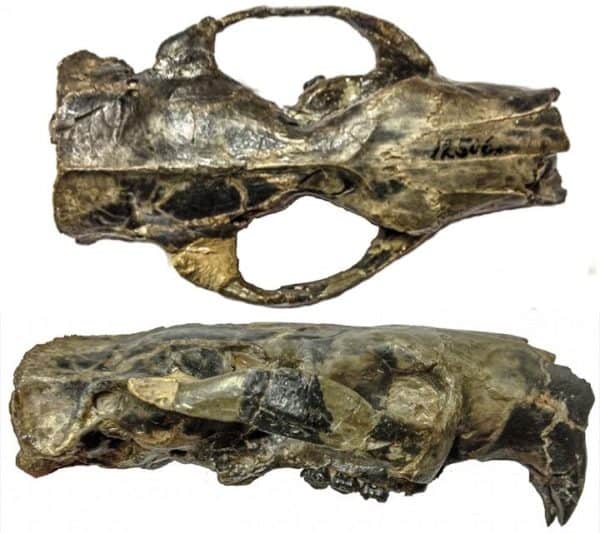

Research from the University of Toronto has produced new findings about the brains of an extinct rodent called Paramys, and in the process has caused scientists to rethink the association between brain size and intelligence.
Researchers created virtual endocasts – computerized images of the skull’s interior – of two fossilized Paramys specimens, a large rodent that lived during the Eocene period, roughly 56 to 38 million years ago. They found that both of the Paramys’s brains were actually larger in size than many of their later occurring rodent descendants, a result which goes against the current logic about brain size and evolution (i.e., that brain size grows steadily as the animal evolves).
“The brain was certainly larger than we expected considering the time period,” says Ornella Bertrand, PhD candidate and lead author of the study. “Even more surprising is that it was almost as large, and in some cases larger, than primitive primates of the same time period.”
Yet bigger doesn’t necessarily mean better, as researchers determined that while Paramys’s encephalization quotient (EQ) was high (meaning that it had a big brain for the size of its body), the rodent’s neocortex was less developed, even when compared to some of the earliest primates.
The neocortex is the part of the brain that deals with more advanced functions like sensory perception, reasoning and language. Thought to be the most recently evolved part of the mammalian brain, in humans the neocortex takes up over 3/4 of the brain.
These results support the claim that intelligence is not just a measure of brain size. “Size is certainly important,” says Associate Professor and author on the study, Mary Silcox, “but we’re starting to look at different measures that give us a more nuanced understanding of how brains, especially in primates, evolved over time.”
Humans have the highest EQ (although sometimes we wonder…) at 7.4, followed by dolphins at 5.3 and chimpanzees at 2.5. If you’re a dog person looking for new ways to respond to the cat hoards out there, you can point to the fact that a dog’s EQ is 1.2 whereas cats fall in at 1.0.
Some birds such as ravens and parrots score high in EQ, comparable to lesser primates. But one bird in particular deserves honorable mention, specifically for his ability to escape certain death over this past holiday season. Houdini the turkey broke free from the confines of the Roaming Roosters farm in Lancashire, England, not once, not twice, but three times. Each escape ending in unfortunate recapture.
Farm manager Geoff Mellin was convinced he had an abnormally intelligent turkey on his hands and thus gave him the Houdini moniker. “It really is a mystery. We’ve had turkeys escape in the past when someone hasn’t fastened the pen properly, but this time there’s no sign of how Houdini got out.”
The reward for his efforts? Houdini made it through the Christmas season without ending up on a platter.
The U of T study was published this month in the journal Royal Society B.
Leave a Reply
You must be logged in to post a comment.




 Share
Share Tweet
Tweet Share
Share




Comment